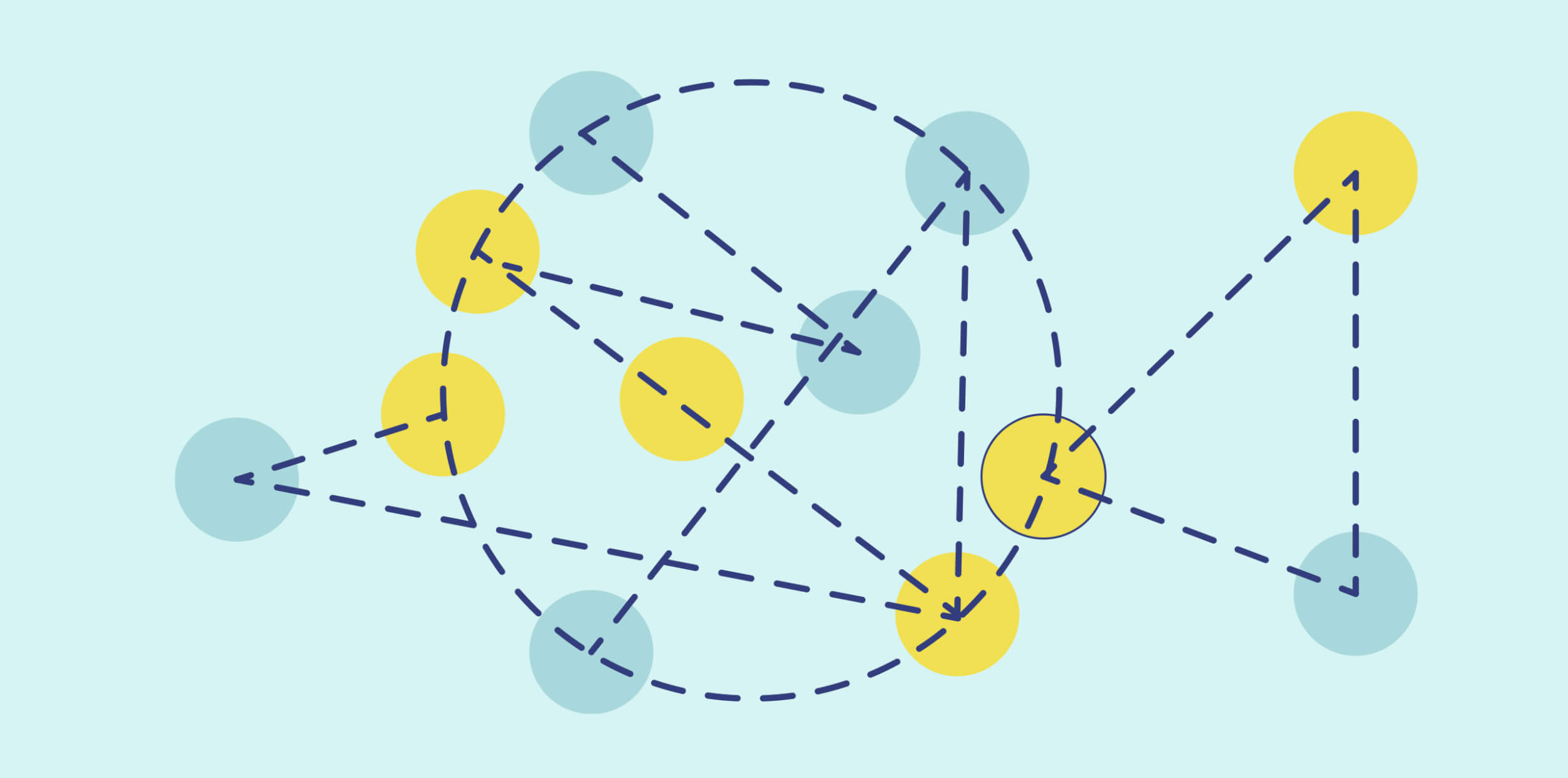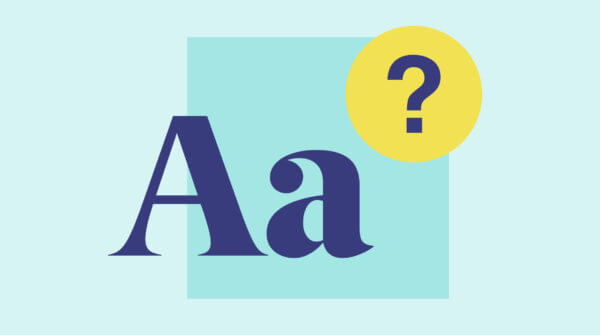March 19 2021
Tags:
Share:
Co-creation in branding, or any other piece of communication can be a daunting process, but also a hugely rewarding one. It requires planning, trust, vulnerability, transparency, courage, empathy, honesty, openness and flexibility. Pretty scary words for a process that is usually associated with a controlled and often a predetermined direction of travel.
Charity brand co-creation is powerful and if done well, can create unexpected results, with an authentic outcome.
Co-creation – collaboration between many
Co-creation is the collaborative development of something which brings together experts and stakeholders. In branding it means creating an identity built upon the voice and feelings of the intended audience and not purely on the aspirations of an internal viewpoint, or strategic management perspective. Sounds a bit intimidating doesn’t it? But only by digging into people’s emotions and personal reactions and objectives can you unearth the true essence of what a brand means to them. What better way to start areal representation of an organisation, especially one with a community purpose or objective?
Why is co-creation so important?
Usually brand development is a conscious and deliberately crafted process; with a specific requirement of how you want the brand to be perceived. Co-creation however engages a much broader group of both the organisation and those it touches. They all become part of the process, with the co-creator acting as the compass. Shifting from a ‘target audience’ view point (which can be quite predatory) to collective ‘participants’, the process immediately becomes inclusive and collaborative. Plus it delivers an outcome that inarguably has its community at the heart.
A guide to the co-creation journey
A co-created identity must be a carefully balanced process. However for it to be successful, control needs to be relinquished over the direction it might take. A communications team and agency merely becomes the enabler, the community and stakeholders are passengers and ambassadors. This also means a number of differing (opposing even) opinions and attitudes.
Whilst it’s unlikely all involved will be 100% happy or in agreement, what is important is that the group as a whole can agree on what a brand stands for, what it hopes to say and the aspirations of the organisation.
Once this is established – and it may involve intense discussions – the execution will have a clear direction and reference point to guide you through the journey. That journey may then take many twists and turns, some roundabouts, or ups and downs, but it will provide a perspective and vantage point that you likely won’t have ever thought possible. It’s a route that can attract varying degrees of response and reflection, but ultimately offers a rewarding summit.
As with all branding and identity work, one of the main areas of contention is often colour. It’s a very personal and subjective area and it can sometimes produce wildly differing views but again, when the objectives are clear, and anchored by guidance and good research, the road can be a lot less bumpy. There will be areas that an agency will be able to provide clear guidance on, such as insight on colour theory and accessibility. What makes a successful collaboration though is allowing the experts and the stakeholders to work together and provide the appropriate balance of input.
Logo development for Survivors Speak OUT (SSO)
SSO asked us to help them create a new logo and visual identity to help them communicate to a range of stakeholders – something that worked as a standalone and reflected autonomy and independence, whilst working alongside the brand refresh.
SSO is the UK’s only torture survivor-led activist network and uses first-hand experience to speak with authority for the rights of torture survivors. It was set up by survivors, for survivors.
SSO wanted the logo to represent its broader network and be true to their voice, so co-creation was fundamental to reflect this in an authentic way. We approached this in a number of ways including collective workshops and smaller breakout groups. The small groups allowed for discussion of predefined areas of focus and were great for those who wanted to openly communicate, but weren’t comfortable to do so in big groups.
Following this, there were progress updates, reports and feedback sessions, alongside continued open dialogue which culminated in a final presentation.
Throughout the process of co-creation it was a complex and challenging journey, but was also extremely rewarding. We saw and heard many ideas, aspirations and priorities – needless to say they weren’t always aligned – but there was always opportunity for discussion, airing and resolution. As a result the SSO brand has a professional representation of its invaluable voice and position
Ultimately co-creation is rewarding, but requires courage and trust. It’s a collaboration which allows the organisation and its community to support and endorse the brand knowing they have participated in a collective partnership of combined voice and expression.
Top 5 tips for successful co-created brand development
- Be inclusive from the start describing the process and the reasons behind the project
- If there are boundaries, provide those limitations with clear explanations
- Include as broad a mix of personalities as possible
- Allow freedom of expression in a comfortable and trusted space
- Invite everyone to share their views without fear of negativity – these views are the ones that often inspire the most valuable insight
If you would like to talk about putting a plan together for a co-creation project get in touch, we can help you prepare for a successful and rewarding outcome.




